Nicola Scott is probably best known currently for her time drawing for DC Comics. Her smooth, sleek linework on titles such as Secret Six and Earth 2 was distinct but still fit in tonally with the rest of the DC Universe. Despite her success with that style, she switches up dramatically for her creator-owned Image title Black Magick, written by Greg Rucka, to great success. She is implementing a beautiful gray wash style, with color used only very sparingly. I asked her some questions about illustrating in a new way, collaborating with Rucka, venturing into the creator-owned and a good deal more.
You haven’t really done a big creator-owned project before. What made this project and this period in the industry the right time to make the plunge?
I think it had more with being the right time for me. Greg had told me about Black Magick around five years ago and even though it seriously appealed and was exactly the kind of non superhero project I could see myself investing in, I just wasn’t ready to leave DC at the time. I was still having a great time and felt like I still hadn’t made a sufficient impact on mainstream, not enough to walk away from it. It was kinda early in my Earth 2 run that i started thinking about moving on. I was still enjoying myself, still being treated well, and on a big book that people were reading but I was also approaching ten years at the company and I didn’t want to get entrenched. I was pretty sure I wouldn’t get offered any prestige work at DC (I’d been reliable on a monthly) and only saw lateral moves. Time to move on and challenge myself. That creator-owned books, Image titles in particular, were doing so well gave me confidence that the timing was right. Lucky for me, Greg had kept Black Magick waiting for me.
How big of a leap was it?
It was big for me. When I had decided to draw comics for a living, apropos of very little, I didn’t really know the industry at all, the various directions I could steer myself, I knew only of the big companies and aimed myself squarely at DC. After being part of the industry for a while, getting a better scope, I could see at some point I’d need to move on to have any longevity and creative longterm satisfaction. I was definitely nervous but Greg reassured me and I kinda knew it was right and time. I also knew I needed to shake up my art a little, get back in touch with lost skills. That took some work.
What makes you and Greg Rucka sync together so well?
I don’t know. We’re very different people but we got along immediately upon meeting ten years ago. There was an shared understanding and familiarity straight away. It took a while before that intimacy was actually earned but we never doubted that it would. We’ve both been through some big shit while working together, including the loss each of a parent. My husband refers to us as brother and sister. That’s the dynamic we have, siblings that really get along.
You’ve worked a lot of female characters. Do publishers/creators push you towards them or are you drawn to them?
Both. Fictional female heroes were my entry point to geek culture at a young age. Wonder Woman, Leia, Isis, Charlie’s Angels, Genie, Samantha Stevens, Jamie Summers, Princess, Electra Woman, Batgirl, were all big parts of my childhood. These are the characters that drew me toward comics in the first place. I was also pretty sure I could bring something to female characters that was maybe a little rare.
I’ve also been offered lots of girl-centric work, some of which really appeals, some of which I think might be safer in my hands, some of which I’ve felt was really token and said no to. By the time the New 52 was rolling around, if I wasn’t going to get Wonder Woman, Catwoman or Batgirl, I wanted a man book, something as testosterone-y as possible, just to see if I could bring it. Earth 2 satisfied that.
What appeals to you about working mostly in gray wash?
It’s a whole combination of factors. What is now the look of Black Magick came from quite a bit of experimenting.
I had been thinking of the book as B&W for a while and while I feel pretty comfortable with a brush, I’m a pretty crappy inker. I was starting to think of painting the book, a daunting prospect, but I was starting to be more and more sure that it would serve the context and subject best. What really makes me happy about working in washes is the textures I’m managing to find, helping the book to feel handcrafted, like an artefact. The line work is really simple, not too detailed, and it all comes together when I’m painting.
What kind of rules have you established for the use of color?
We’re still refining the rules but it might be a while yet before we can talk about it. Don’t want to give nothing away just yet.
Had you been attracted to the occult in any way before working on this?
Definitely! Since my early teens, when I did a paper on medieval witchcraft, it’s had a significant presence in my life. I’ve never practiced, I just don’t have the religious discipline or yearning, but I’ve regularly been a reader and collector of witchy accoutrement. When Greg first told me about the idea, the first thing I asked about was the nature of magick and ritual as he saw it being used for the story. We were on the same page and though this is a fiction and we’re creating our own mythology, grounding it was of utmost importance to both of us.
This is essentially a fantasy story, but most of your drawing time in this issue is spent on real world situations. Do you like that balance?
This is what appeals to me the most, witchcraft in the real world. When I fantasise about magick it’s usually in the context of my life rather than a D&D situation. I love full blown fantasy but having those elements seep into reality is more exciting to me. The context of Black Magick is slightly stylised noir, not quite reality. Magick, or the evidence of magick, is going to slowly build until we hit a turning point for Rowan, then…… look out!
How do you feel about the elements of Black Magick (like the prose) that don’t include your art?
I love how much worldbuilding is being offered. Some of it are ideas we’ve talked about as a team, others are things I’m learning as we go. There’s a rich history to our story and that past will play into our story as it starts to unfold. Pay attention to the back matter!
How do you collaborate with Eric Trauttman, the designer?
Easy as pie! For the interior art I’m pretty much left to my own devices but for covers, backup and supplemental art, I send Eric what I’ve got and he turns it into something perfect. He’s got such a good eye and was very instrumental in establishing visual cues for everything not main story. We were starting to reconsider our #1 cover until Eric came up with a crop of the art that worked amazingly. It’s really amazing being part of such a collaborative, creative team. Everything is turning out so beautifully.
Rucka has mentioned that you’ve staked claim on illustrating the next arc of Queen & Country. Is a new Q&C story a possibility in the near future?
A new Q&C arc was the very first thing Greg and I had planned to work on together when we first met. I then got my job at DC and it got put on hold. He hasn’t produced it with anyone else yet so the idea is still there. Near future? Doubt it, too much Black Magick to do, but maybe one day.
Issue 2 is on sale tomorrow, November 24th. Go out and get it and follow Nicola on Twitter if you know what’s good for you.


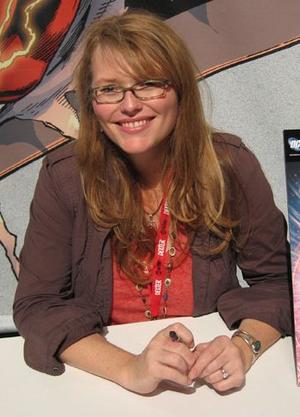
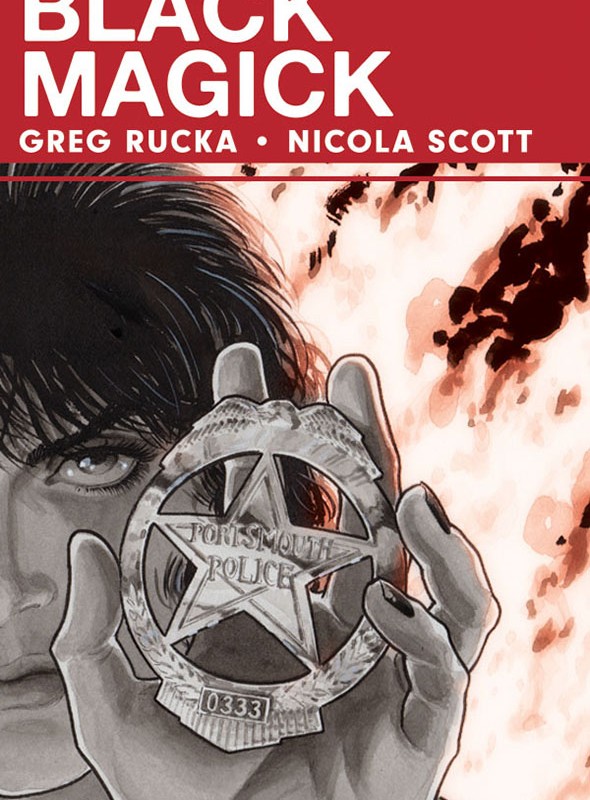
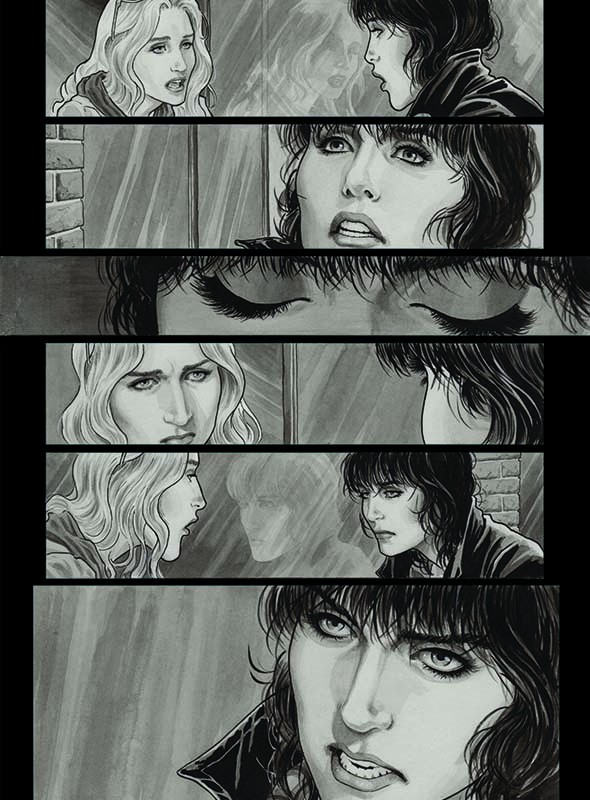
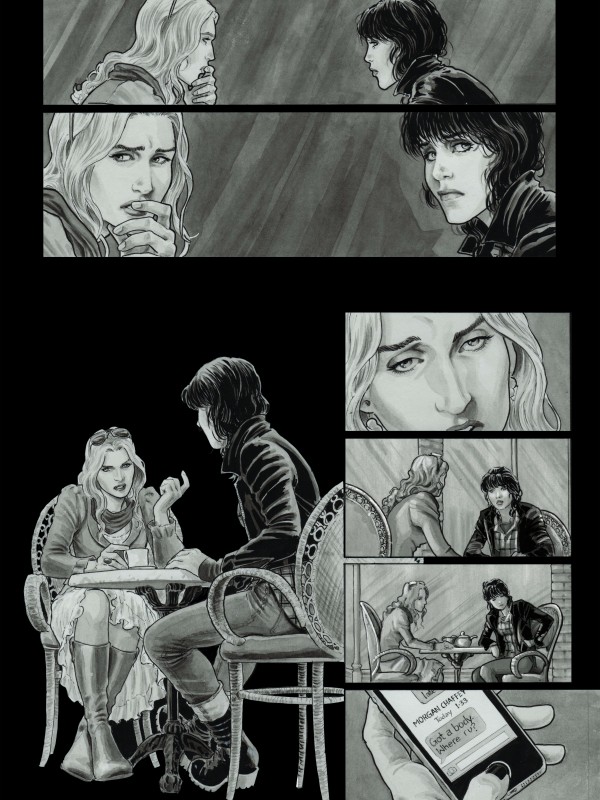
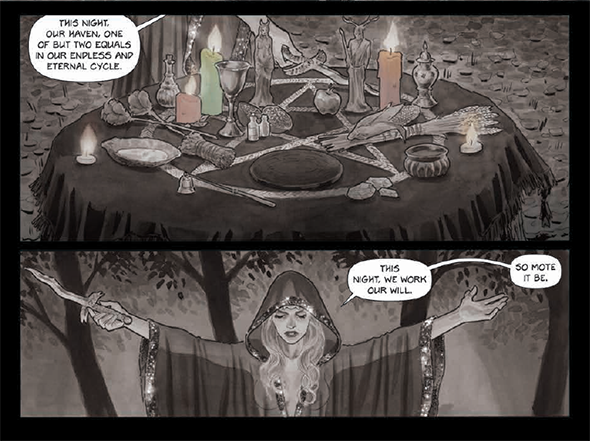
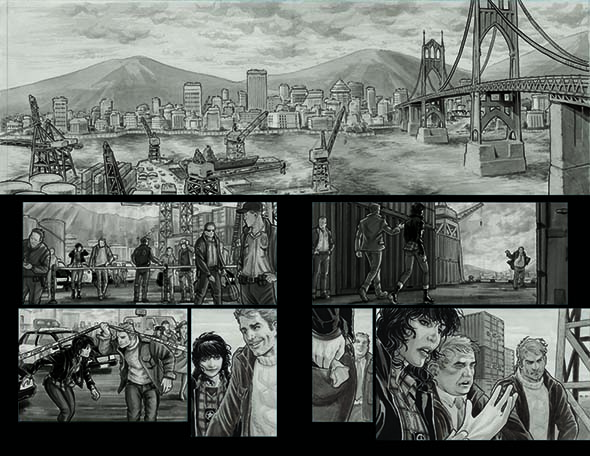


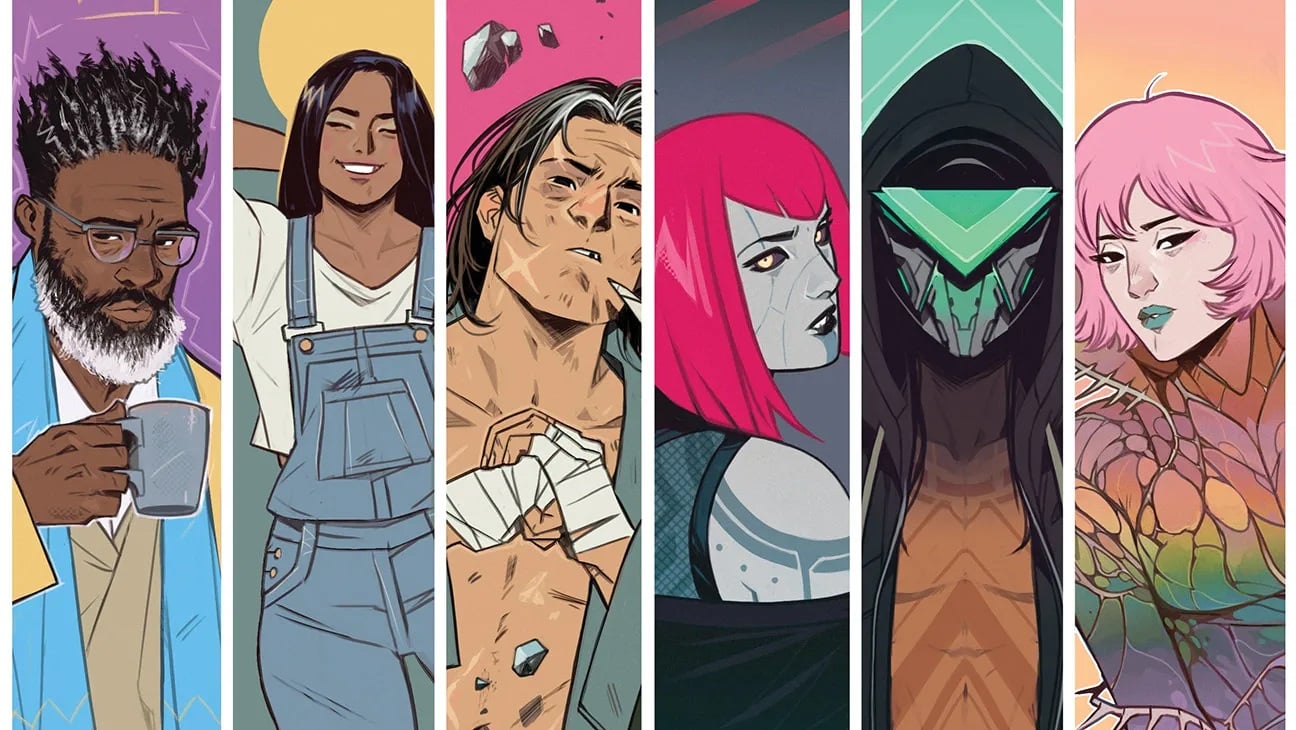

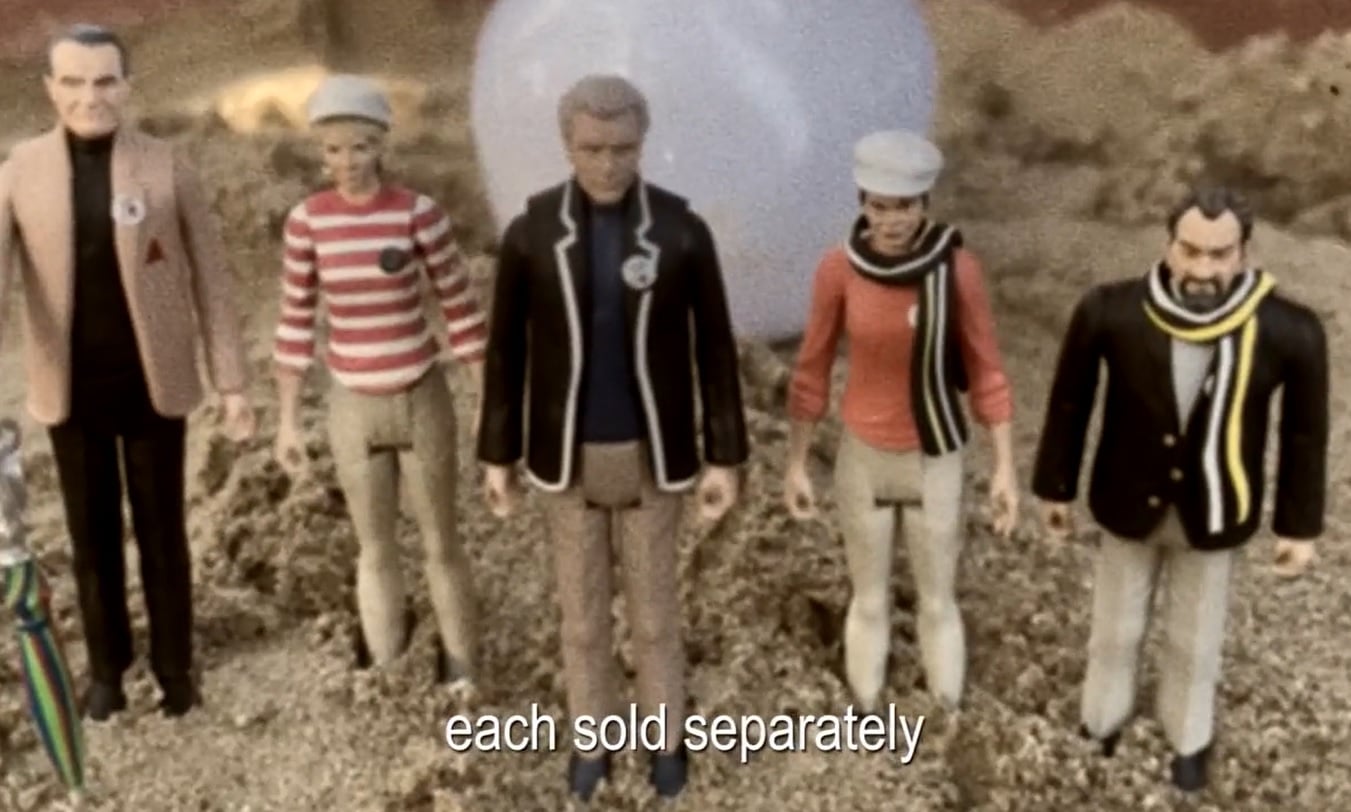


Love this interview! Nicola Scott and Greg Rucka are a natural team, each elevating the others’ strengths. I first saw Nicola at the 2011 San Diego Comic Con, when she had first started working on Teen Titans, and she has since become an excellent storyteller. Her full artwork on Blackest Night: Wonder Woman #1 belies her inking skills: Nicola Scott rocks the inkwell as well!
Comments are closed.